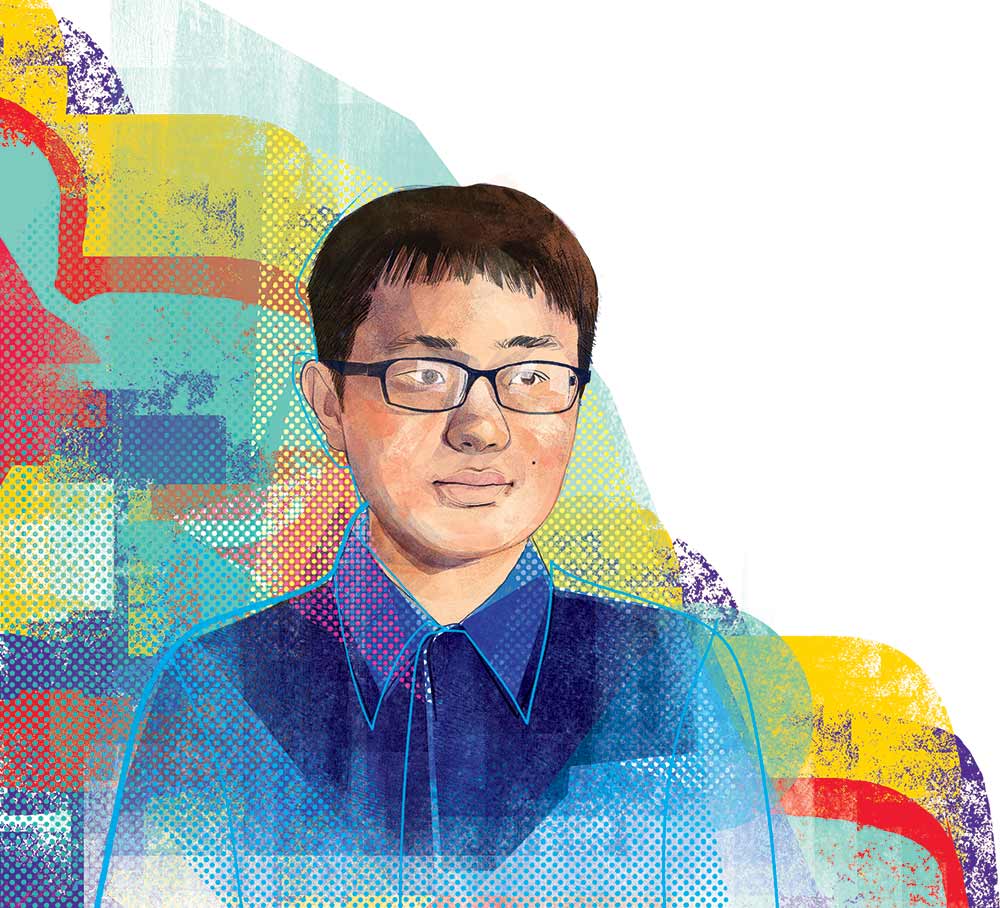
Programming Art
Lingdong Huang: Classic Curiosity
written by
Emily Syes
Lingdong Huang has always been fascinated by the intersection of art and technology. So, during his last finals week at Carnegie Mellon University in December 2019, he spent a few days of his free time dabbling in a venture that incorporated both.
The result was wenyan-lang, the world’s first successful programming language based on the Classical Chinese grammar system. The program uses the same tone and syntax found in Classical Chinese literature rather than merely replacing English characters with Chinese.
“I’ve always been interested in Classical Chinese art and culture, as well as esoteric programming languages,” said Huang, who earned a degree in computer science and art through the BXA Intercollege Degree Programs. “This particular project started mostly out of my curiosity of what is achievable by trying to fuse the two.”
Wenyan-lang has become popular on the software development platform GitHub, where fellow developers have used it to write dozens of programs, including a fortune-telling algorithm from the ancient text “I-Ching,” and mathematical algorithms that compute Pascal’s Triangle and the Chinese remainder theorem.
But the true artistry of wenyan-lang can be seen in Huang’s renderer. It displays the delicate strokes of Chinese hanzi characters as if they are drawn on the pages of an ancient text and not a computer screen.
“Definitely, I think the BXA program had a huge positive impact on me, allowing me to think both like a programmer and an artist, which is important because most of my projects lie in the intersection between the two fields,” Huang said. “The courses I took as a BXAer gave me the skillset I need to develop projects like this one.”